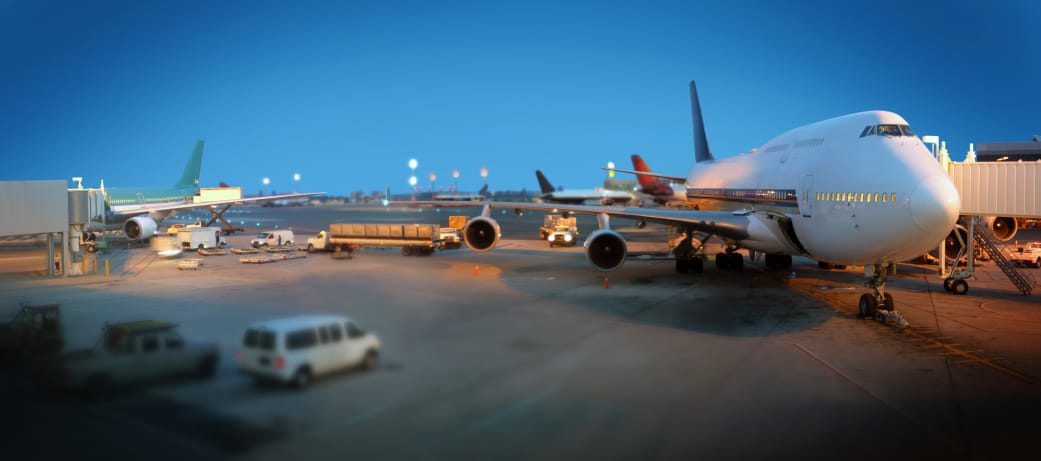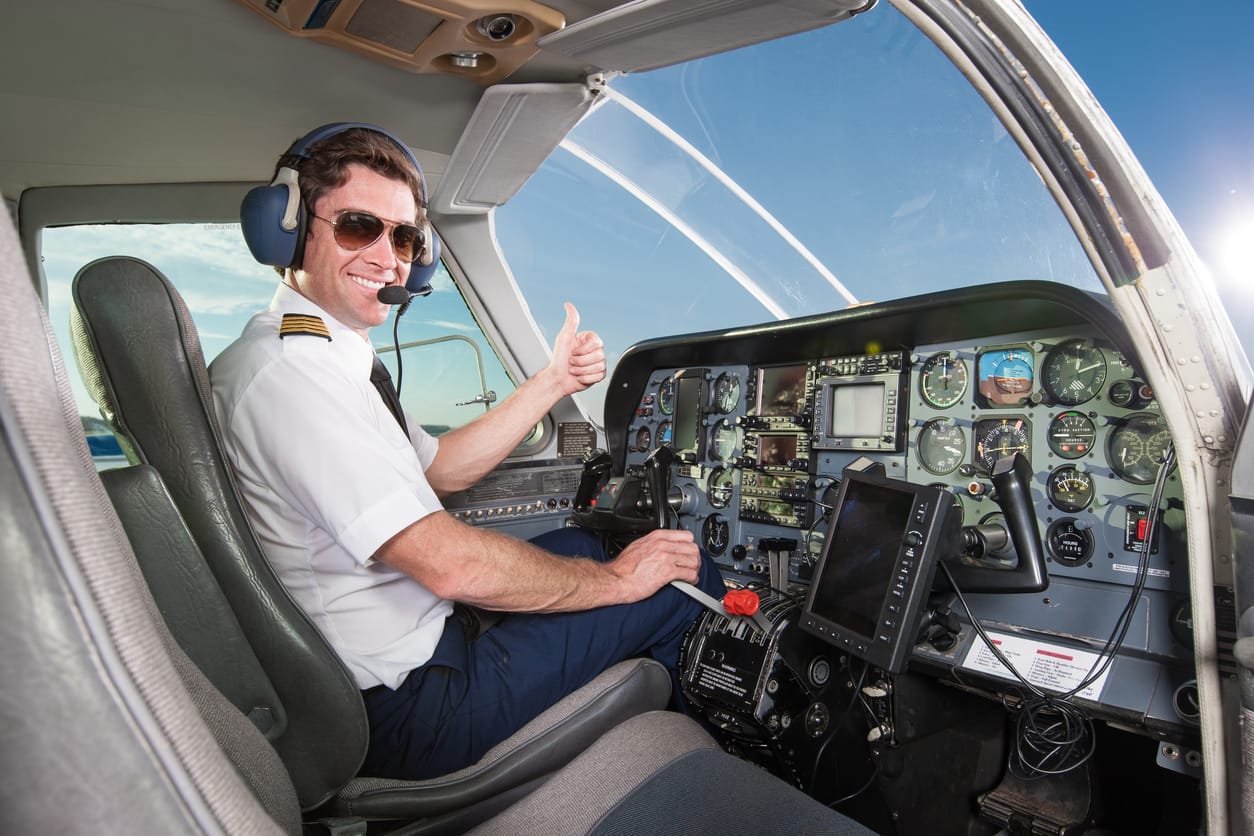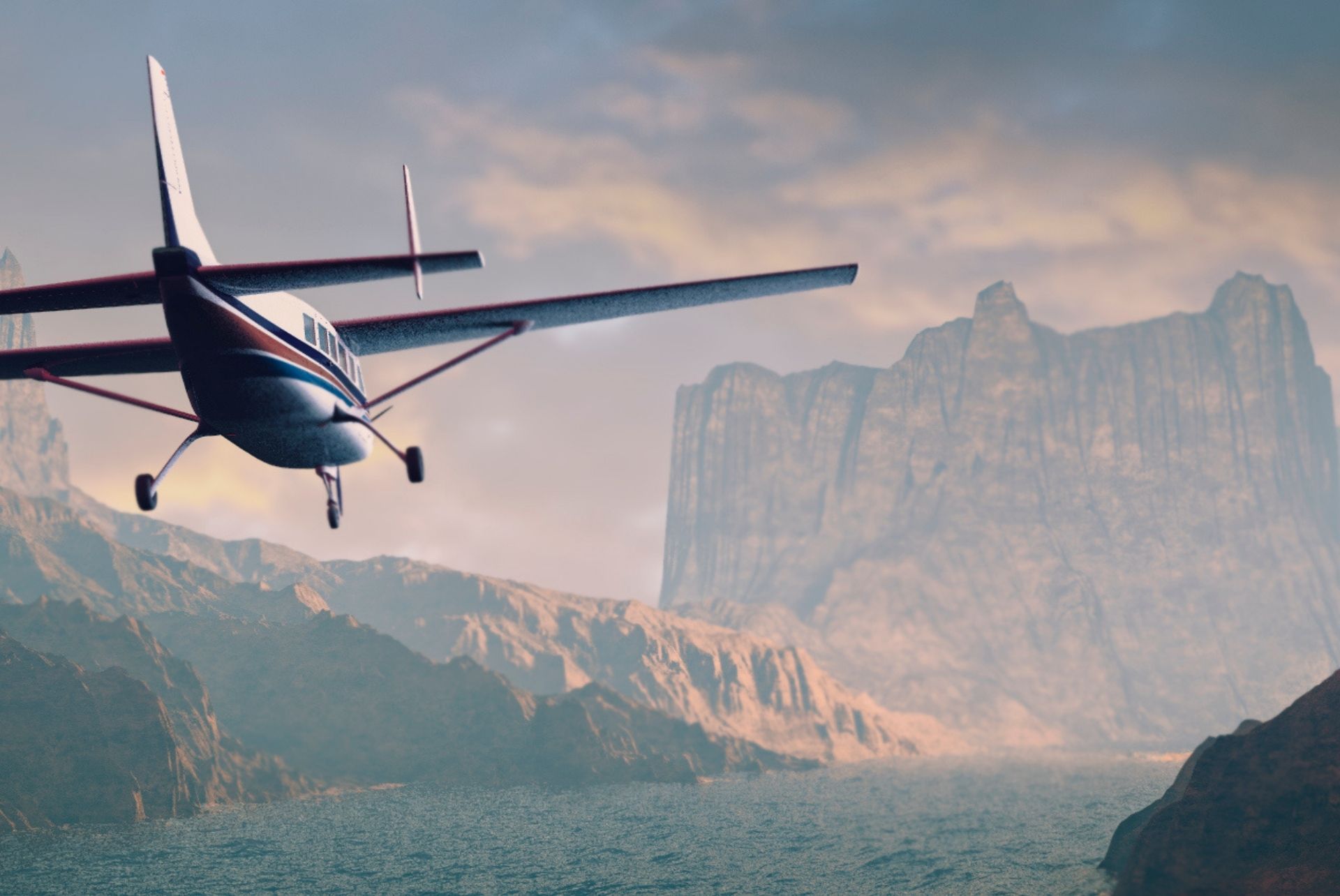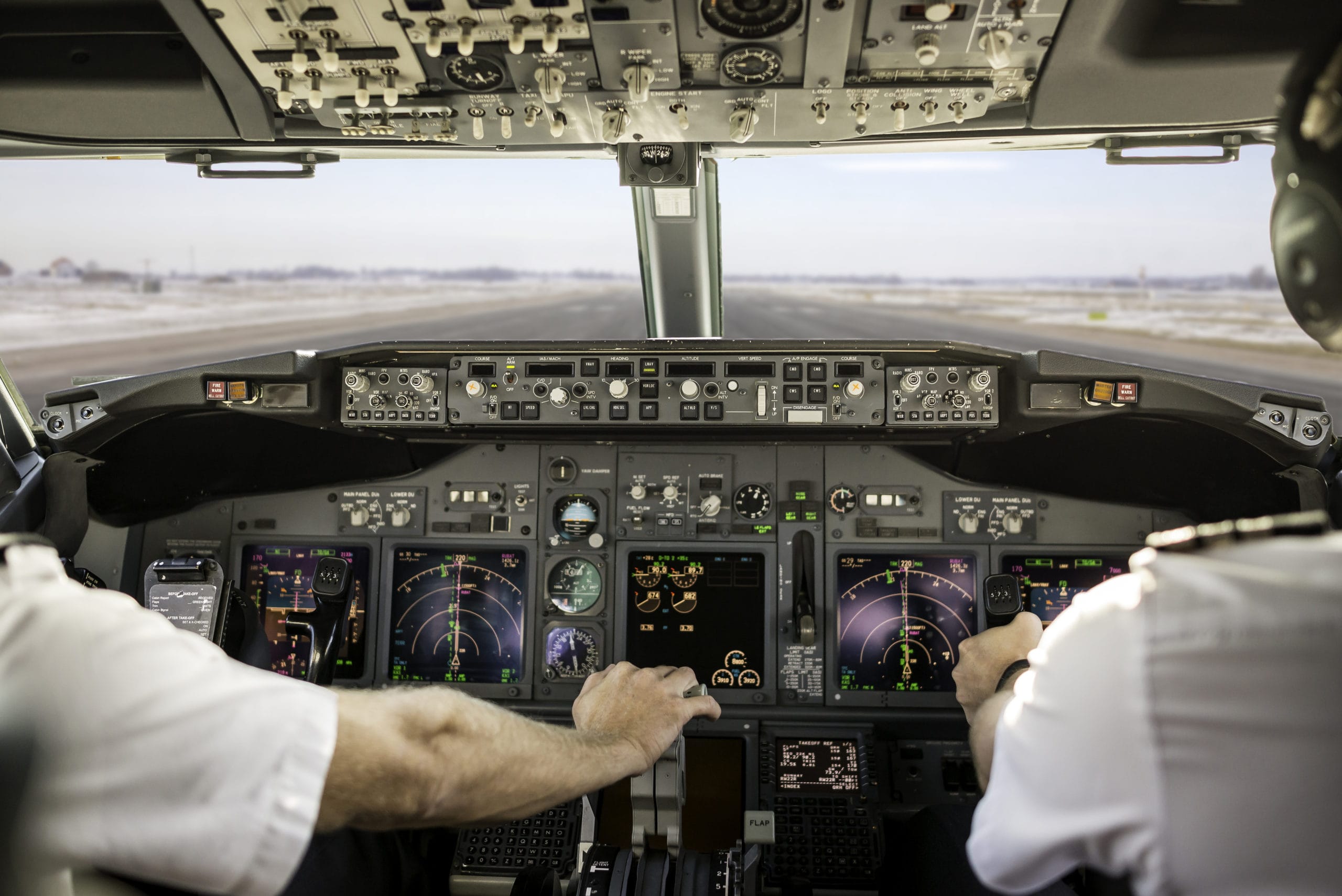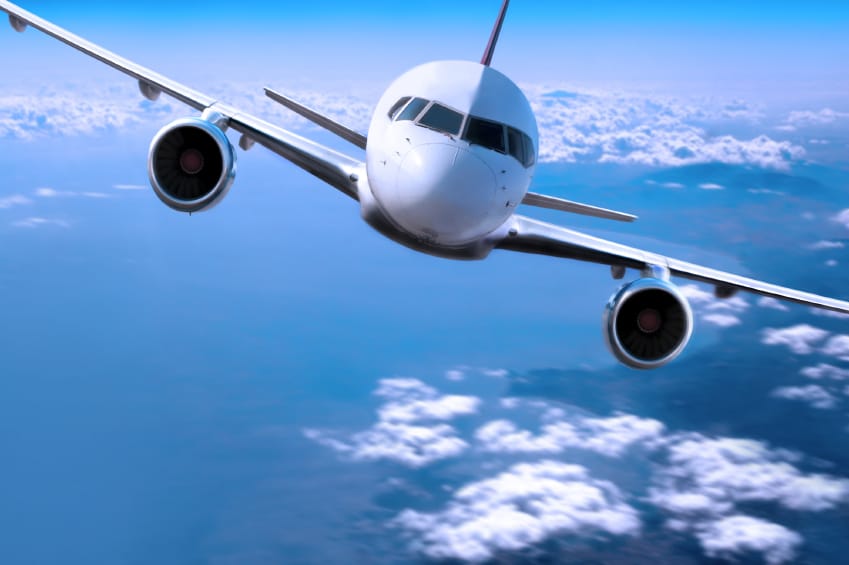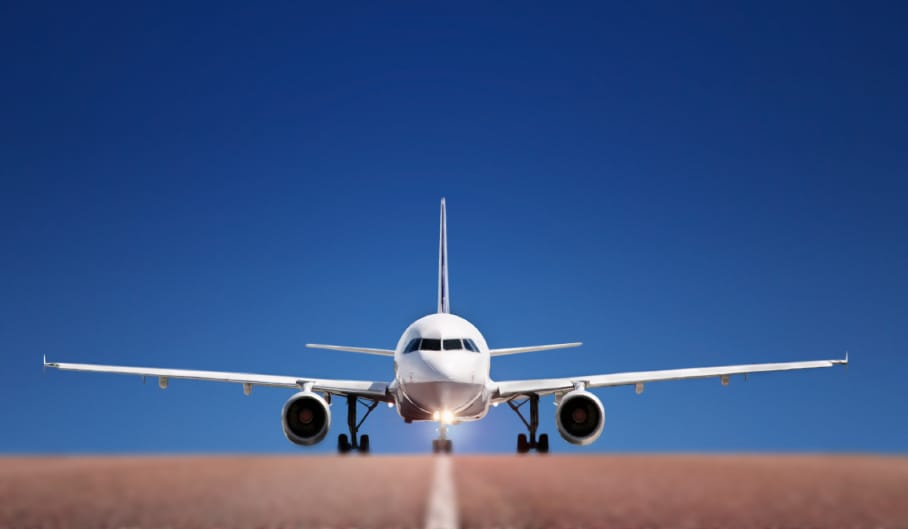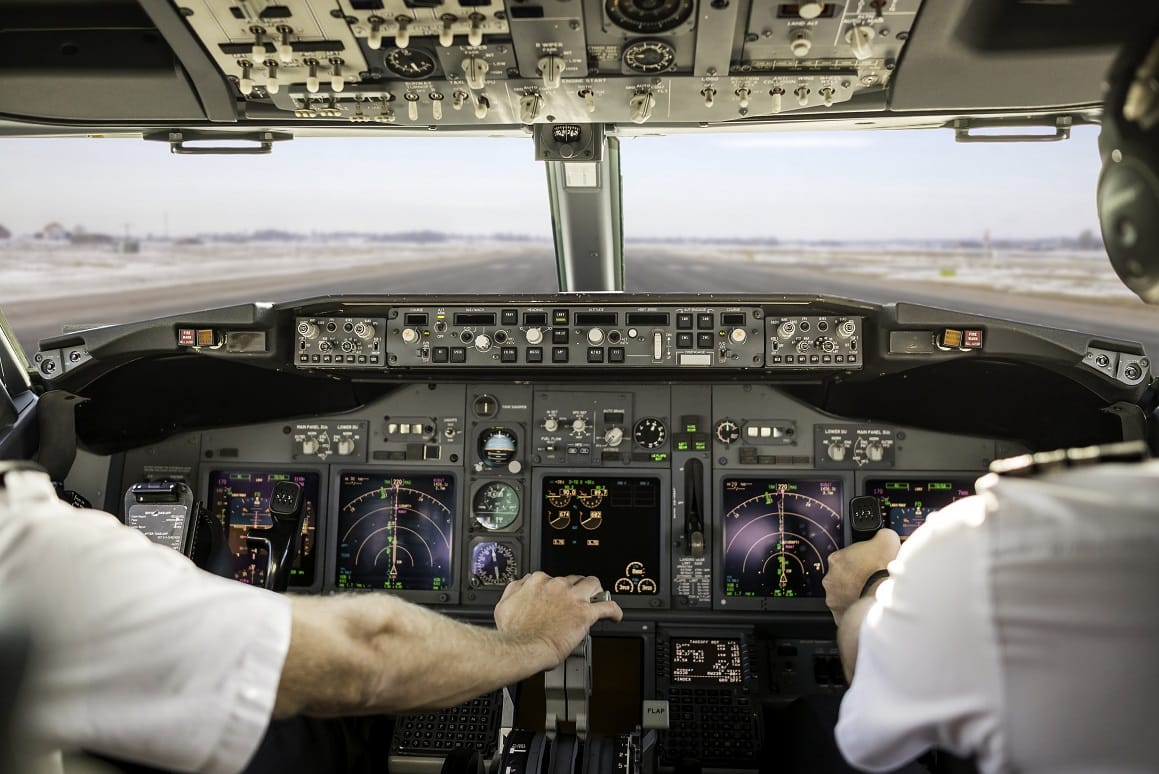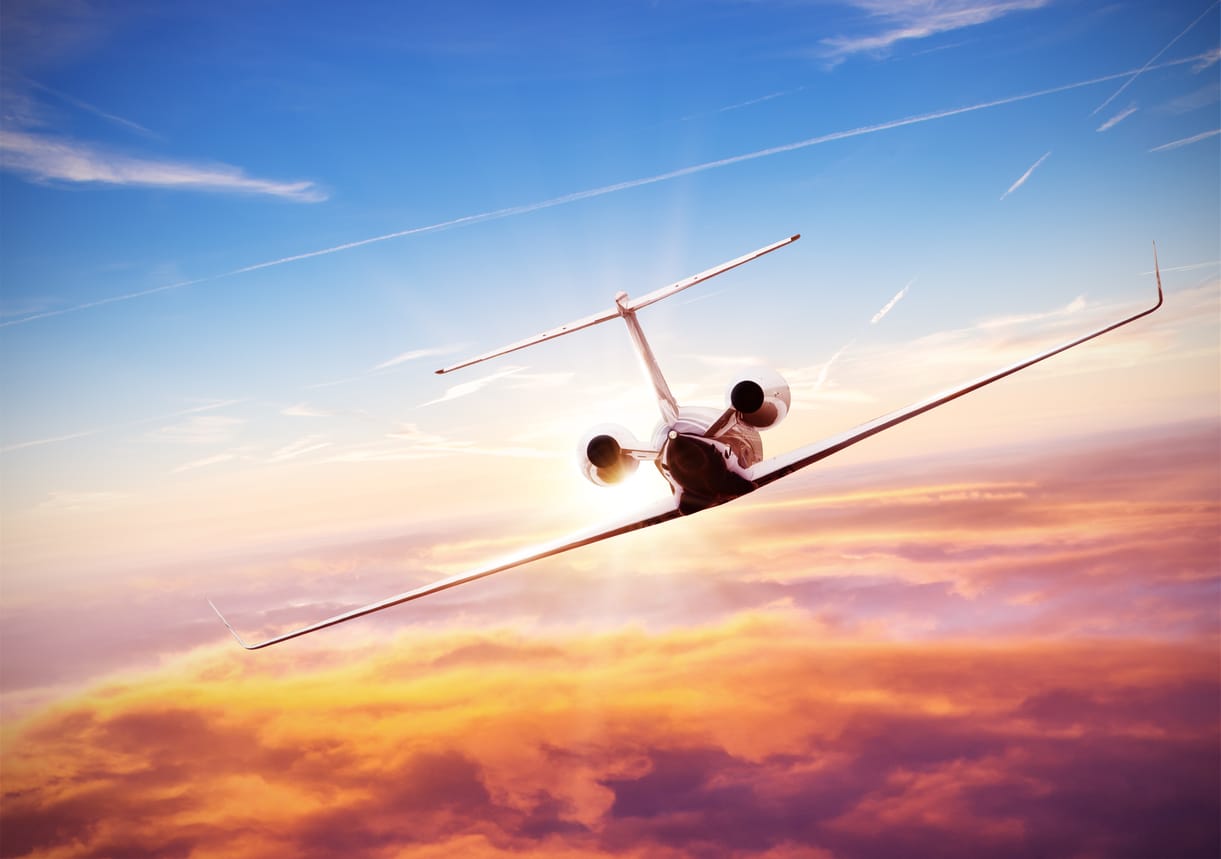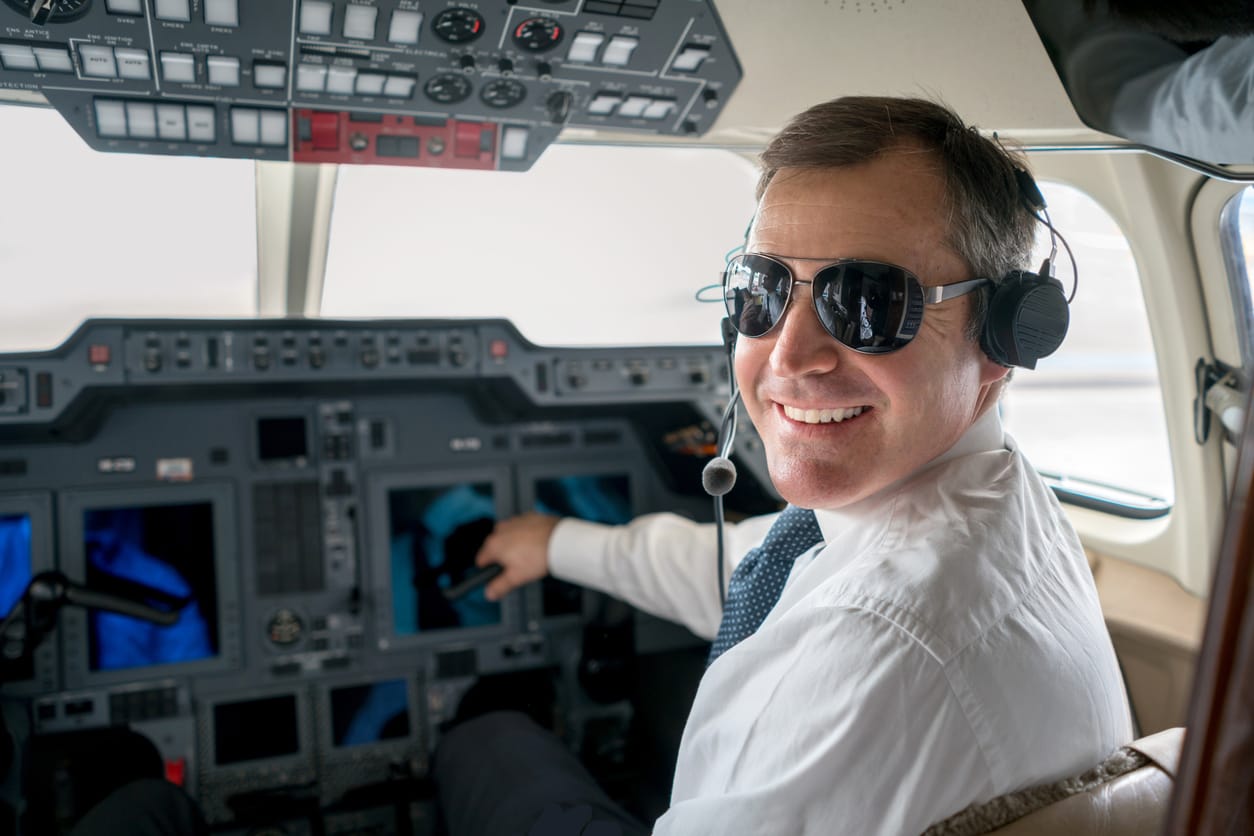The pilot shortage is real, and it’s affecting every aspect of aviation. For pilots, it means a welcome upswing in opportunities after over a decade of struggle post-9/11 and in a slow economy. It can be overwhelming to know which course is best for a student pilot or a newly licensed one who is building time. It’s an exciting time for the industry, but also one which is rapidly changing. Having specific, but flexible, goals in mind can help transition small airplane education to commercial aviation if that fits with career aspirations. However, it’s also important to keep the basics of safe, professional, and efficient piloting in mind.
Fundamentals of Airmanship and Aerodynamics
The US aviation industry has the best-trained pilots in the world, and it all starts with learning to fly in small airplanes and then building experience in them. Other countries have adequate training programs based on a few hours in small airplanes and then doing the rest in simulators and extended supervised flying in airliners. However, nothing can replace the knowledge and experience gained by flying a Cessna, Piper, Diamond, Cirrus, etc. for hundreds of hours before moving on to “the big iron.”
Flying small airplanes teaches pilots the fundamentals of aerodynamics and what true airmanship is in ways a simulator simply can’t replicate. The point of all that is to say that, while in primary flight training and time-building, always keep in mind that you’re learning important skills and gaining valuable experience from the small airplane, not just arbitrarily logging time until you get an opportunity to fly a “real airplane.” Airliners and corporate jets are wonderful machines, but they are not meant to be training platforms. Commercial aviation is where you apply skills acquired in smaller aircraft and use lessons learned elsewhere. There is plenty to learn about flying fast airplanes without also having to learn basic airmanship concepts.
Maintaining Professionalism in Commercial Aviation: Timeliness and Preparation
The first lesson from training which you apply to a flying job is showing up on time. Aviation is uniquely dependent on adhering to a strict schedule. A pilot job is no place for a free spirit who has a fluid sense of time. In training, your instructor often has multiple lessons in a row, and if one of the lessons doesn’t start on time, the instructor will be backed up the rest of the day. That is not fair or productive to other students or instructors who need the classroom space or the airplane time. In the outside world, an airline is the epitome of sticking to a schedule or else the whole operation suffers. Even in corporate aviation, which is famous for not having schedules, a pilot must be able to show up to the airport well before the passengers say they’ll be ready to go.
The next lesson from training is to show up prepared for a flight. Student pilots have all kinds of manuals and equipment they must carry, and that doesn’t change in the professional flying world. Most manuals these days are now on a tablet, called an electronic flight bag, or EFB, and that is usually an Apple iPad. However, there are still headsets, handheld radios for backup, spare batteries, notepads, pens, sunglasses, and water bottles. Some flight schools, depending on the location, require certain types of survival gear, in case of an off-airport landing in perhaps the wilds of Alaska, the mountains of Colorado, or the swamps of Florida. Professional pilots also have manuals and equipment to carry, and for multi-day trips, they’ll carry a suitcase with clothing and anything else they need while away from home. Airline and charter pilots in particular often have an insulated lunchbox which attaches to their suitcase to carry food so they don’t have to eat restaurant food for days in a row. It sounds delicious, but even the best restaurant food gets old after four straight days.
Flexibility and Research
Another part of being prepared is packing extra supplies for the inevitable changes to the schedule. Just like pilots always have a backup plan in case the original doesn’t work, they must plan to be away from home longer than scheduled. Airplanes develop maintenance issues while on the road, and that can mean an unexpected night in a hotel, often at the most inopportune time.
In addition to being prepared with clothing and equipment, flight training teaches a pilot to plan for every foreseeable eventuality, and mentally conduct the flight before ever leaving the ground. Professional pilots do the same thing, especially when going to an unfamiliar destination. A pilot must research the weather and terrain along the route, review the airport diagram, and pick diversion points as needed.
Radio Skills, Instrument Flying, and Air Traffic Control Communication
An important lesson from training which is vital in the professional world is learning to communicate clearly and concisely on the radio. Talking to air traffic control is an essential skill for professional pilots, who must be able to handle the radio workload going into the busiest airports around the world, and that skill is first developed during initial training. A good flight instructor will emphasize simple and direct radio phraseology, and discourage lazy or “cowboy” communication. ATC at busy airports doesn’t have time for someone to stammer through a simple approach clearance, so building a good foundation of solid radio skills while in training will serve one well later on in their career.
Finally, instrument flying skills are extremely important to carry into commercial aviation. All airline flights and most charter and corporate flights are conducted under IFR. Being comfortable operating “in the system” is a hallmark of a commercial pilot, and flying in the clouds should be second nature. Flying solely by reference to instruments and maintaining exact heading, altitude, and airspeed while doing so should be second nature to the professional pilot. Flying an instrument approach or entering a holding pattern changes little from being in a Skyhawk or an A320. Remember the fundamentals.
Ready to soar in your aviation career?
Mr. Matthew A. Johnston has over 23 years of experience serving various roles in education and is currently serving as the President of California Aeronautical University. He maintains memberships and is a supporting participant with several aviation promoting and advocacy associations including University Aviation Association (UAA), Regional Airline Association (RAA), AOPA, NBAA, and EAA with the Young Eagles program. He is proud of his collaboration with airlines, aviation businesses and individual aviation professionals who are working with him to develop California Aeronautical University as a leader in educating aviation professionals.
